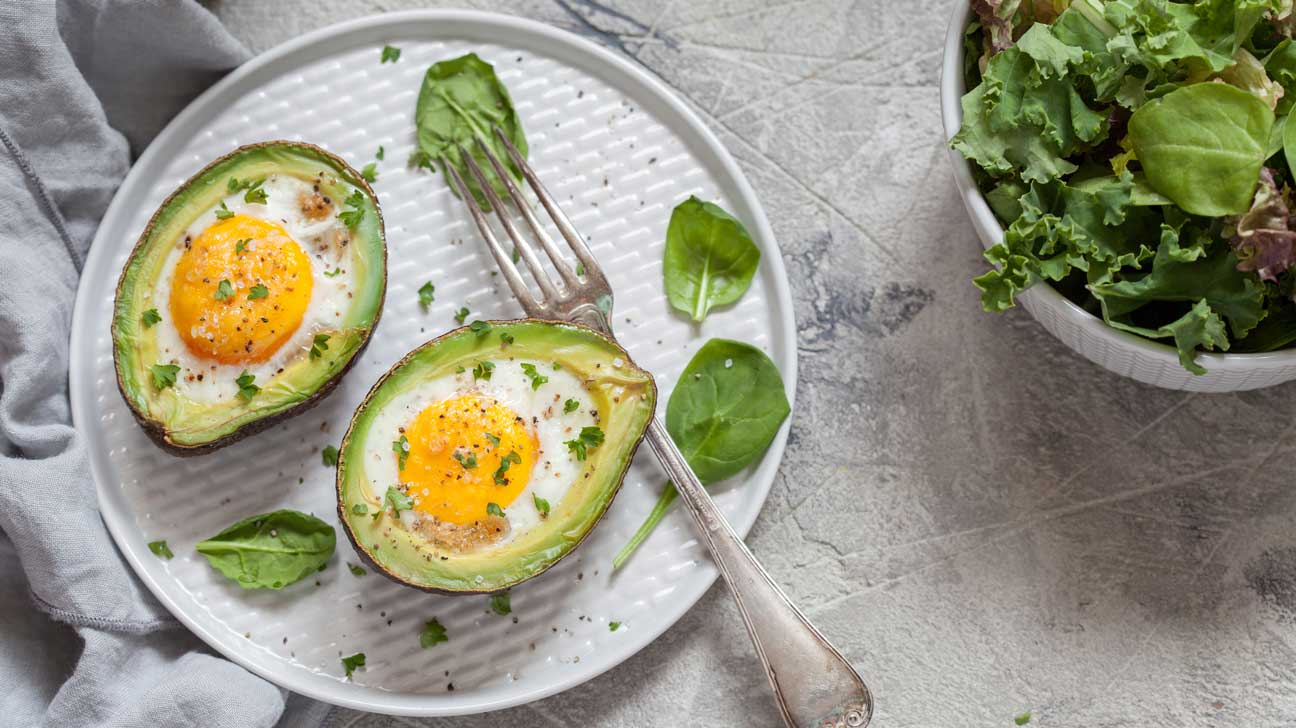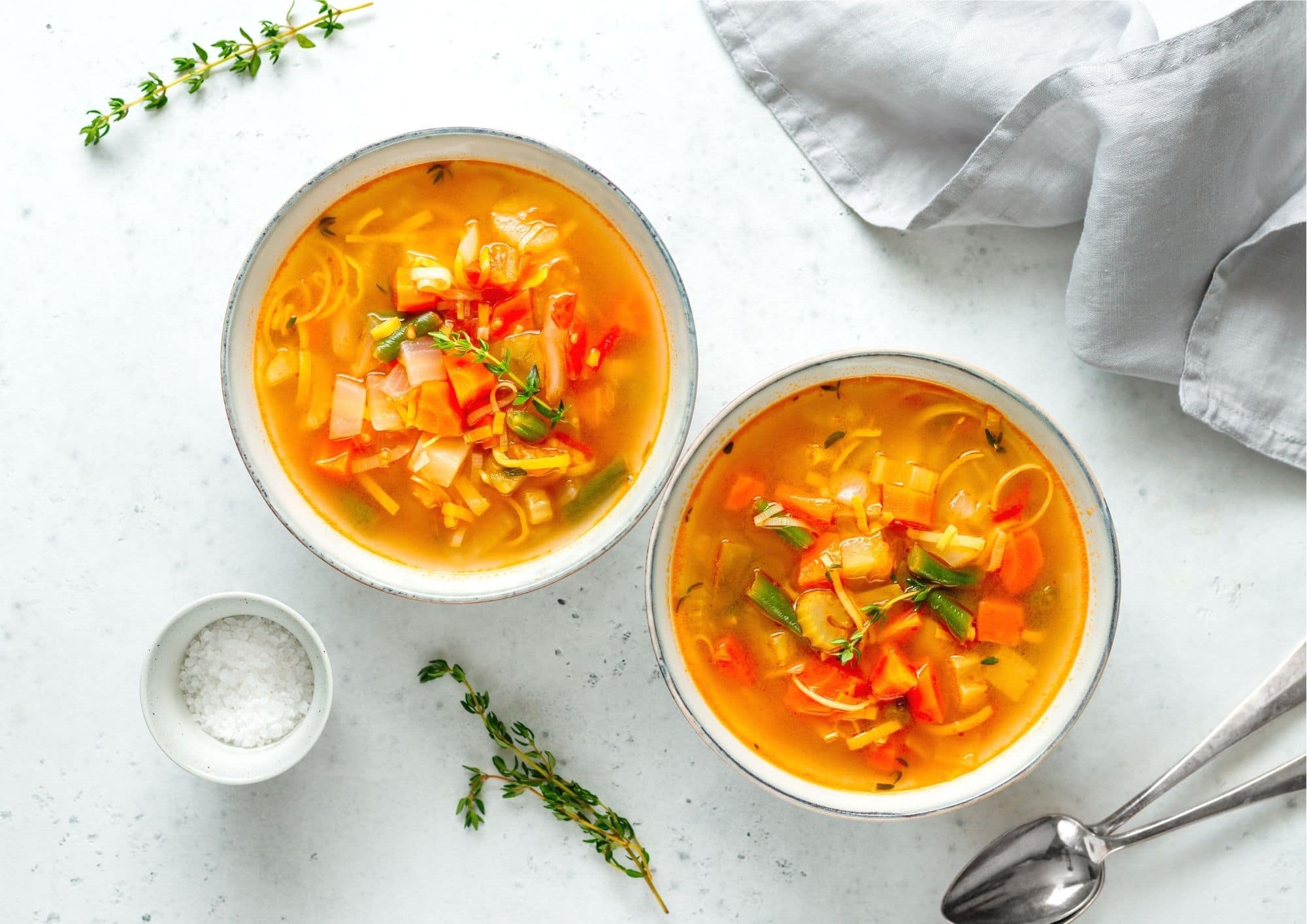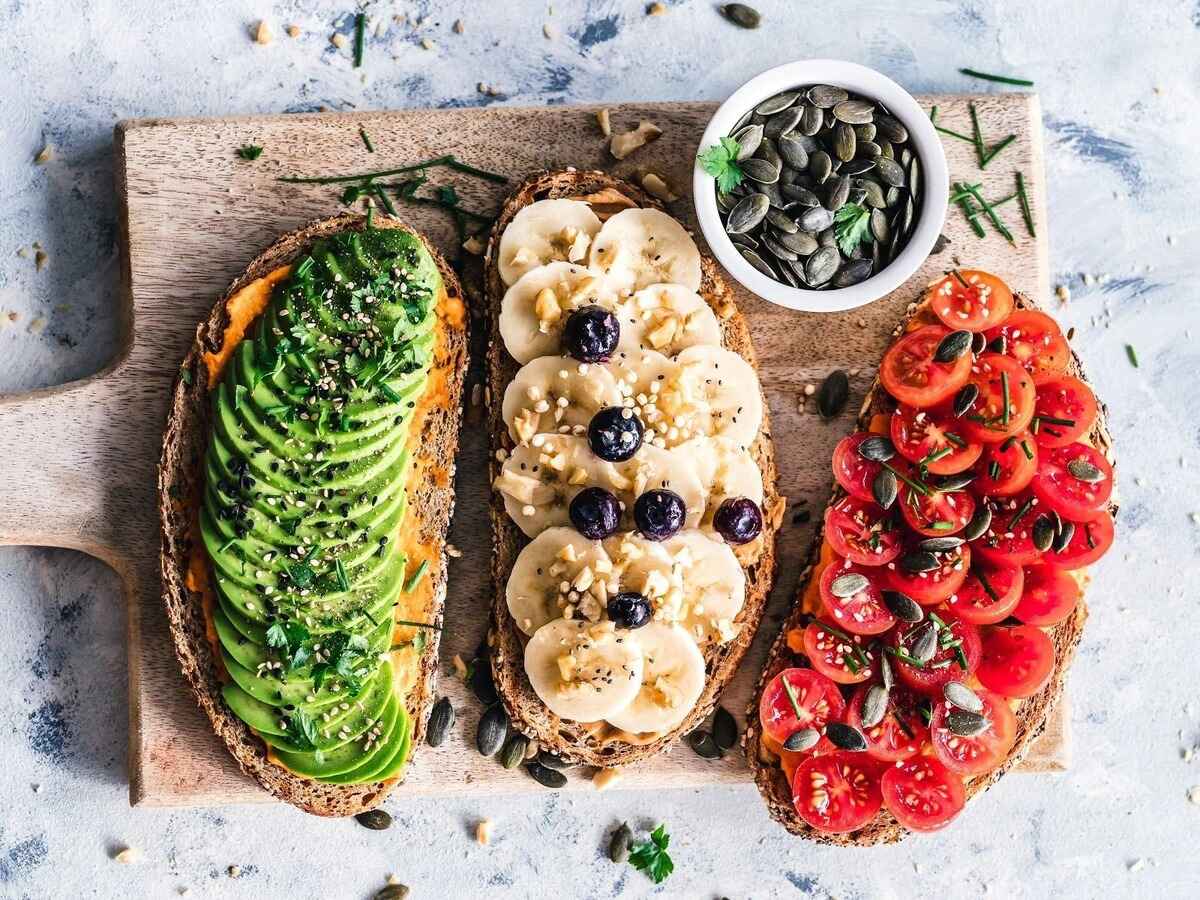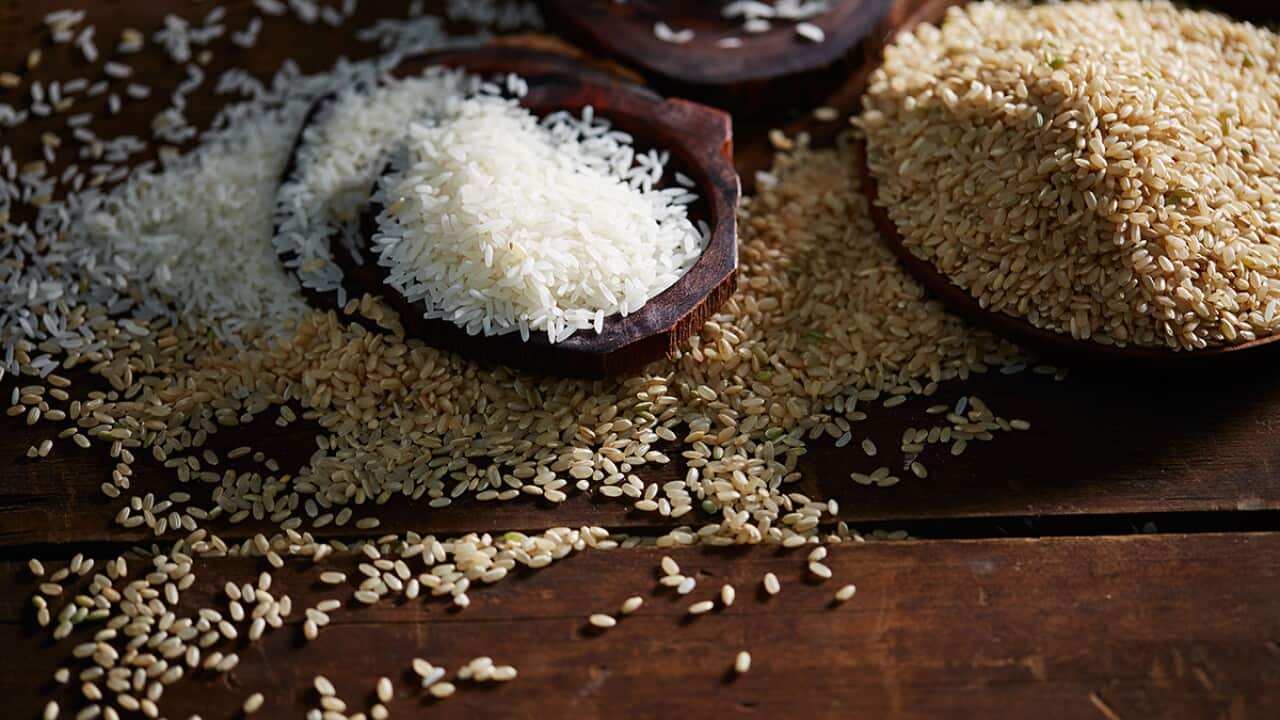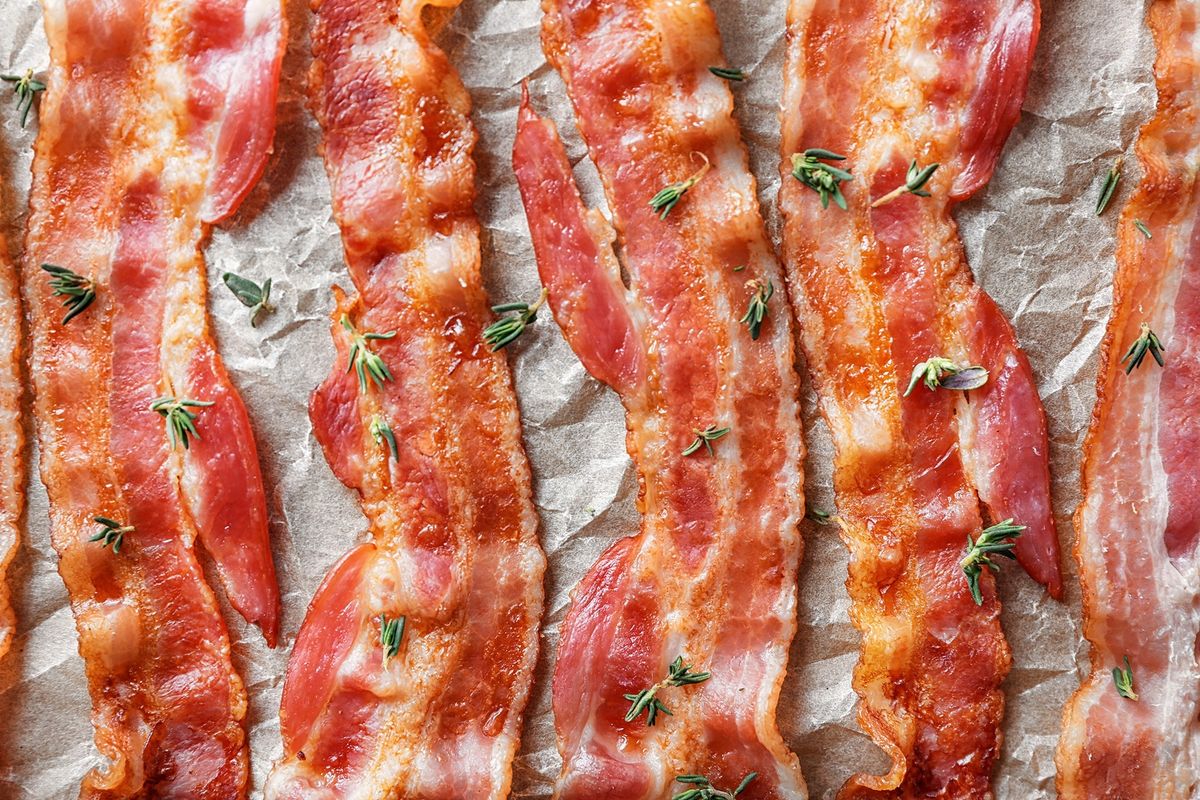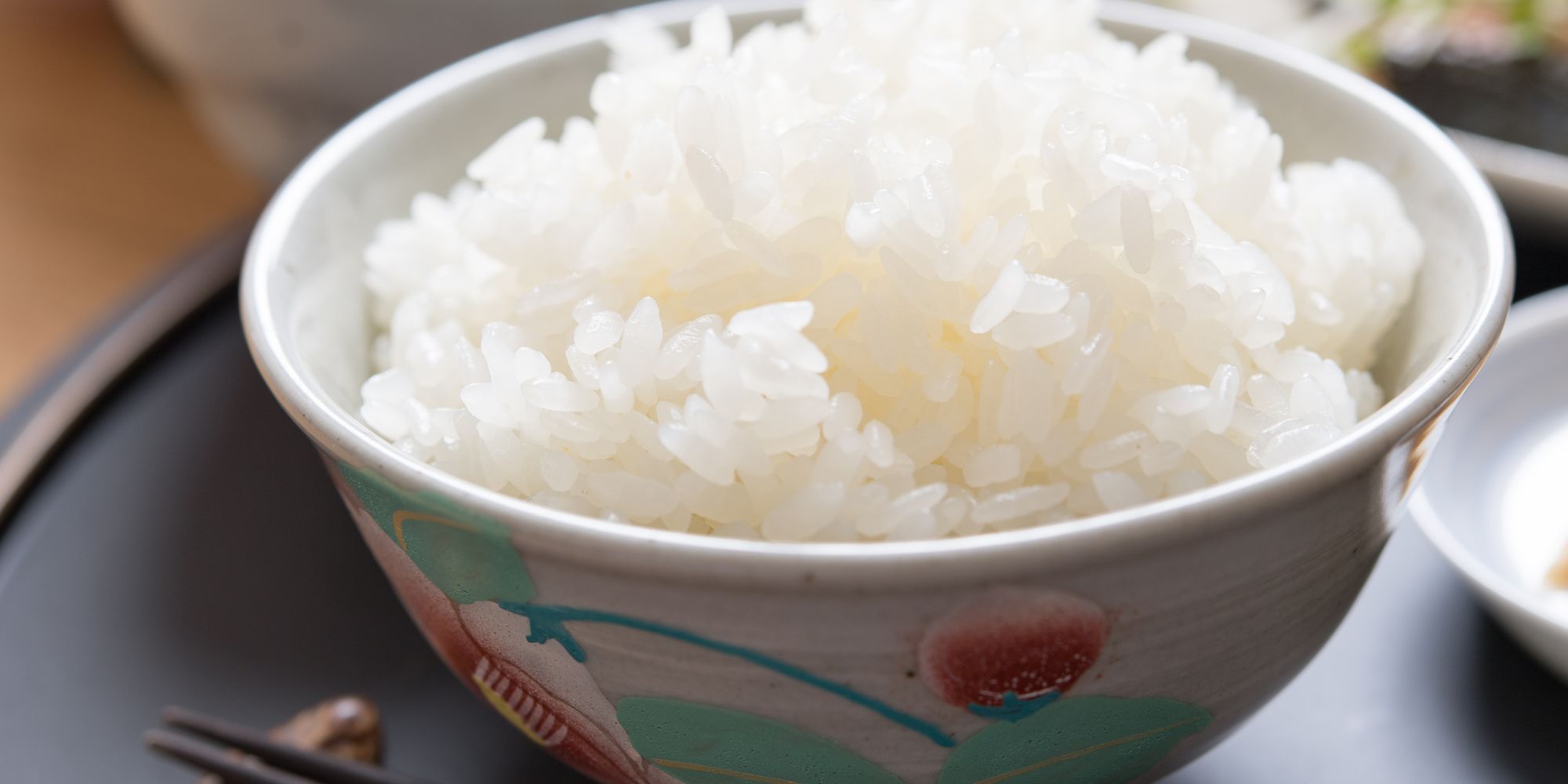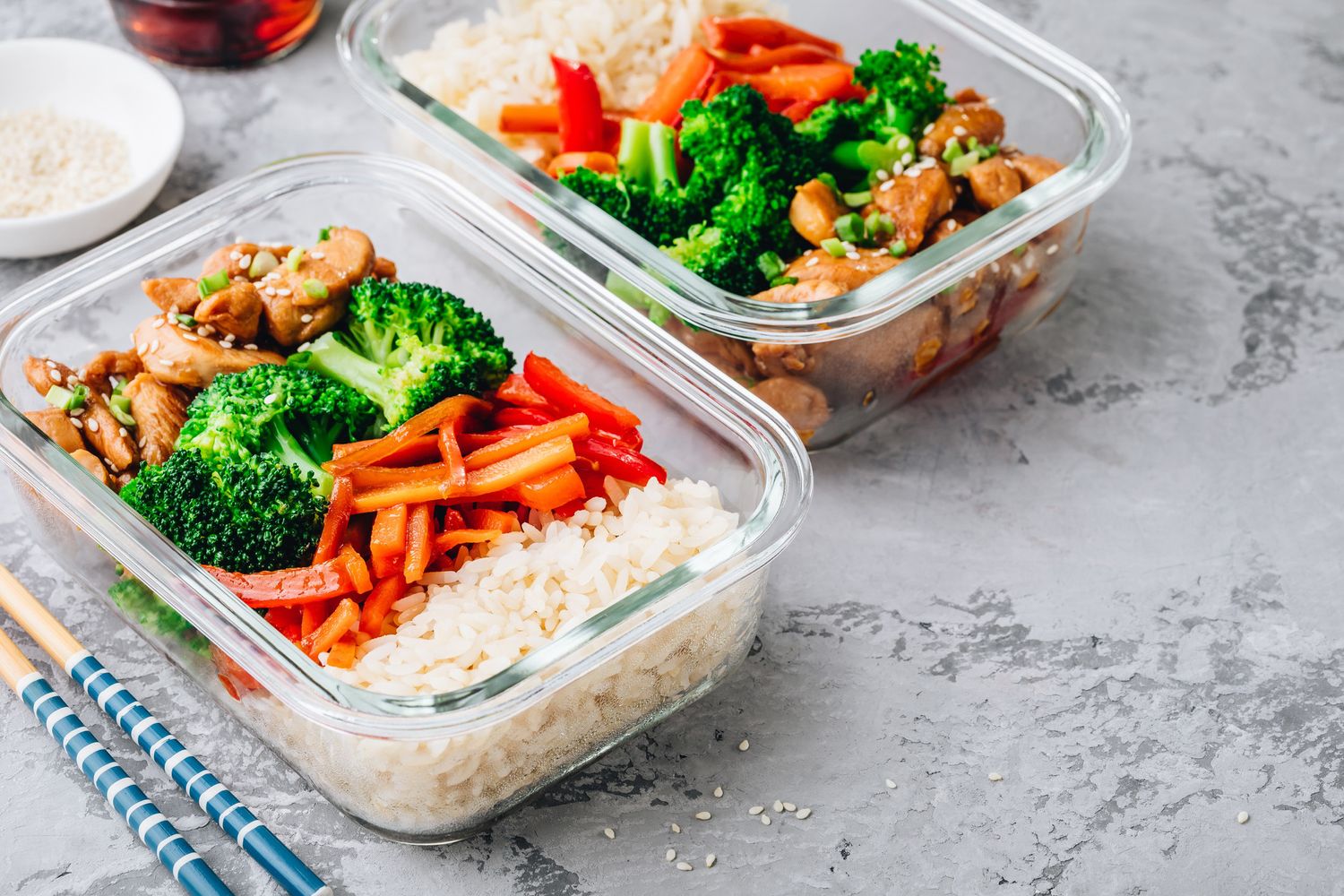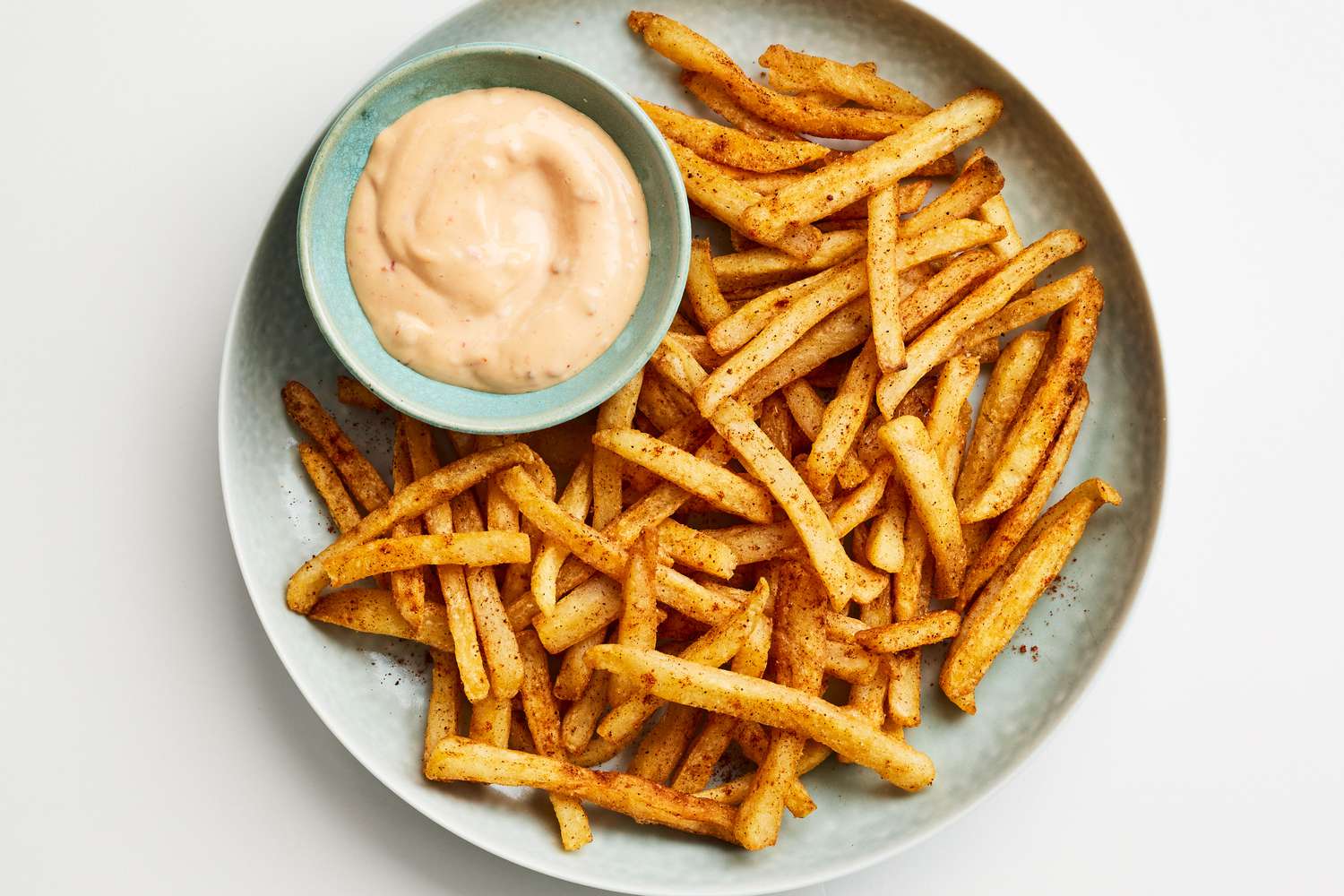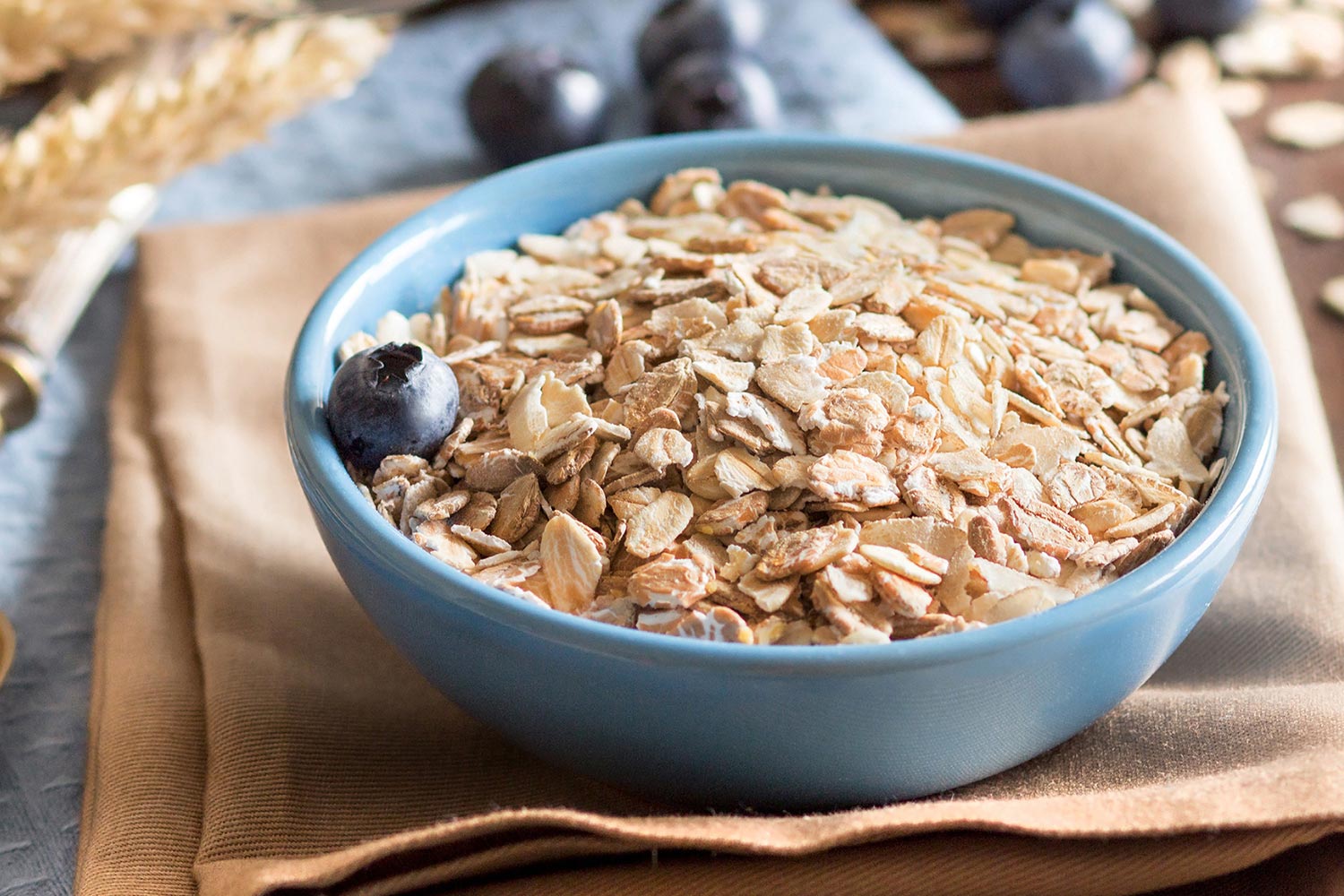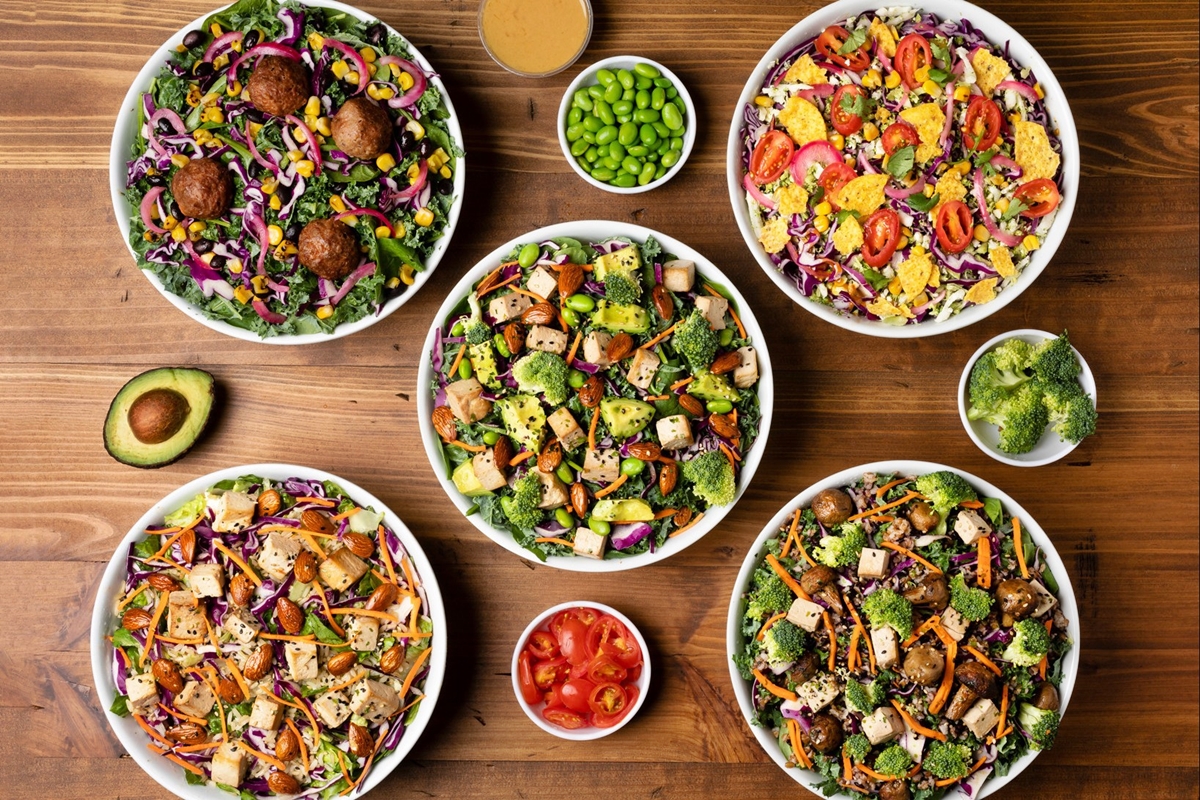How to Incorporate More Plant-Based Protein into Your Diet
Many people are looking to reduce their meat consumption for health, environmental, or ethical reasons. However, a common concern is how to get enough protein without relying heavily on meat. The good news is that there are plenty of plant-based sources of protein that can help you meet your nutritional needs. Here are some tips on how to eat less meat and still get the protein your body needs:
Diversify Your Protein Sources
One of the keys to getting enough protein on a plant-based diet is to diversify your protein sources. There are many options to choose from, including:
- Legumes such as lentils, chickpeas, and black beans
- Nuts and seeds like almonds, chia seeds, and hemp seeds
- Quinoa, a versatile grain that is also a complete protein
- Tofu and tempeh, which are made from soybeans
- Edamame, or young soybeans, which are a great snack or addition to salads
By incorporating a variety of these foods into your diet, you can ensure that you are getting all of the essential amino acids that your body needs to function properly.
Plan Balanced Meals
When reducing your meat intake, it’s important to plan balanced meals that provide all of the nutrients your body needs. A well-balanced meal should include a source of protein, healthy fats, complex carbohydrates, and plenty of fruits and vegetables. For example, a quinoa salad with black beans, avocado, and mixed greens can provide a complete and satisfying meal that is rich in protein and other essential nutrients.
Use Meat Substitutes
If you’re used to having meat as the main focus of your meals, you may find it helpful to incorporate meat substitutes into your diet. There are many plant-based options available, such as veggie burgers, plant-based sausages, and meatless crumbles made from soy or pea protein. These products can be used in place of meat in your favorite recipes, making the transition to a less meat-centric diet easier and more enjoyable.
Snack on Protein-Rich Foods
Snacking on protein-rich foods can help you meet your daily protein needs without relying on meat. Some great options include:
- Greek yogurt or dairy-free yogurt alternatives
- Trail mix with nuts and seeds
- Hummus with raw vegetables or whole grain crackers
- Roasted chickpeas for a crunchy and satisfying snack
These snacks are not only delicious but also provide a good amount of protein to keep you feeling full and energized throughout the day.
Experiment with New Recipes
Transitioning to a diet with less meat can be an opportunity to experiment with new recipes and flavors. There are countless plant-based recipes available online that are both delicious and nutritious. Whether you’re interested in trying a hearty lentil stew, a flavorful tofu stir-fry, or a refreshing quinoa salad, there are endless possibilities to explore. By getting creative in the kitchen, you can discover new favorite meals that are packed with protein and other essential nutrients.
Conclusion
Reducing your meat consumption and incorporating more plant-based protein into your diet is not only beneficial for your health but also for the environment. By diversifying your protein sources, planning balanced meals, using meat substitutes, snacking on protein-rich foods, and experimenting with new recipes, you can easily meet your protein needs without relying heavily on meat. With a little creativity and an open mind, you can enjoy a varied and satisfying diet that supports your overall well-being.
